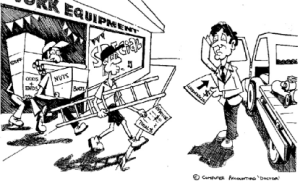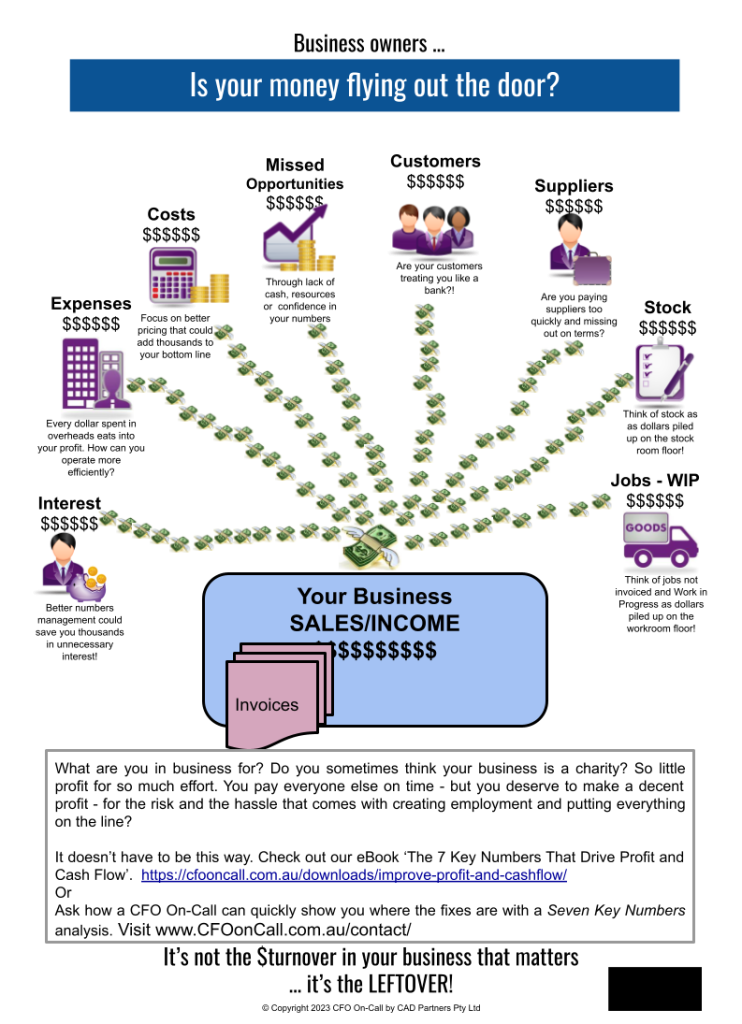As a business leader, you know that having a solid strategic plan is key to achieving your company’s goals and objectives. But it’s not enough to simply have a plan — you also need to effectively communicate your strategic plan to employees to get everyone on board and working towards the same vision.
In this guide, we’ll cover what a strategic plan is, how to effectively communicate your strategic plan to employees, its key elements and some tips for presenting your plan to your employees.
What is a strategic plan?
A strategic plan outlines a company’s long-term goals, objectives and tactics to achieve them. The common objectives of a strategic plan are:
- To align the company’s resources and efforts towards achieving its long-term goals and objectives.
- To provide a framework for decision-making based on the company’s overall vision and mission.
- To provide a basis for measuring progress and success over time.
- To facilitate communication and coordination between different departments and stakeholders.
Why is communicating your strategic plan to employees important?
Any business plan is only effective if everyone in the company is on board with it and actively working towards its goals. That’s why it’s crucial to effectively communicate your strategic vision to your employees. Here are a couple of reasons why:
- It helps to ensure that everyone is working towards the same goals and objectives, which increases alignment and reduces confusion.
- It provides employees with clarity and direction, improving motivation and productivity.
- It fosters a sense of ownership and accountability among employees, who can see how their roles and responsibilities contribute to the company’s overall success.
- It promotes open communication and transparency, building trust and a stronger sense of teamwork.
Four key elements of your strategic plan
To effectively communicate your strategic plan to your employees, it’s important to understand its key elements. These include:
- Mission statement
Your mission statement should define your company’s purpose and what it hopes to achieve long term. It should be clear, concise and memorable and guide all your company’s future activities.
- Vision statement
Your vision statement should describe what you want your company to look like in the future and should feel aspirational and inspirational. It should also be aligned with your mission statement and reflect your company’s core values.
- SWOT analysis
A SWOT analysis assesses your company’s strengths, weaknesses, opportunities and threats. It can help you identify areas to improve and potential growth opportunities.
- Goals and objectives
Your strategic plan should include specific, measurable goals and objectives aligned with your mission and vision statements. These should be broken down into actionable steps with timelines and milestones, and communicated clearly to all employees.
Four tips for communicating your strategic plan to employees
Ensuring your message is heard loud and clear by employees is crucial to the success of your strategic plan. Once your plan is drafted and ready to be presented, try implementing the following tips:
- Use simple language
Avoid jargon or technical terms, use simple language everyone can understand and connect with. This helps to ensure everyone is on the same page and can fully engage with the plan efficiently.
- Employ visual aids
Visual aids such as charts, graphs, diagrams or infographics can help to simplify complex information and make it more engaging for employees. The key is to motivate your employees through any means possible.
CFO On-Call is your trusted advisor for your next strategic plan
Building an effective strategic plan takes work. From balancing long-term goals and potential hurdles, many businesses may need guidance on where to begin. That’s where CFO On-Call comes in. We provide interim or part-time virtual CFOs services to businesses who need help with commercial direction.
Our highly skilled and qualified team can assist with preparing clear and executable strategies, cash flow management, improving existing internal processes and managing your business performance to drive KPIs.
We’re proud to be the largest on-call or part-time CFO service business in Australia and New Zealand, and we’d be more than happy to assist you with your future business endeavours. For more information about our service or to discuss your future business plans and goals, please contact us today.
















